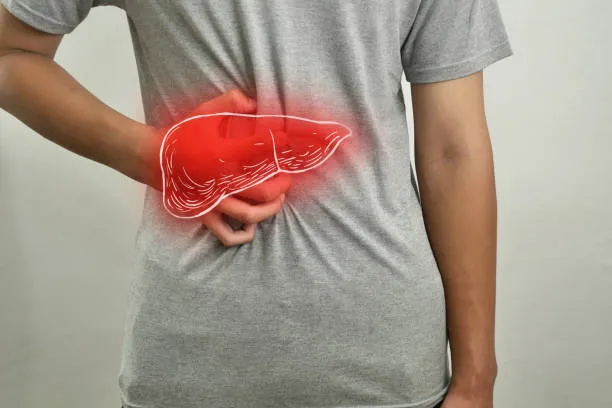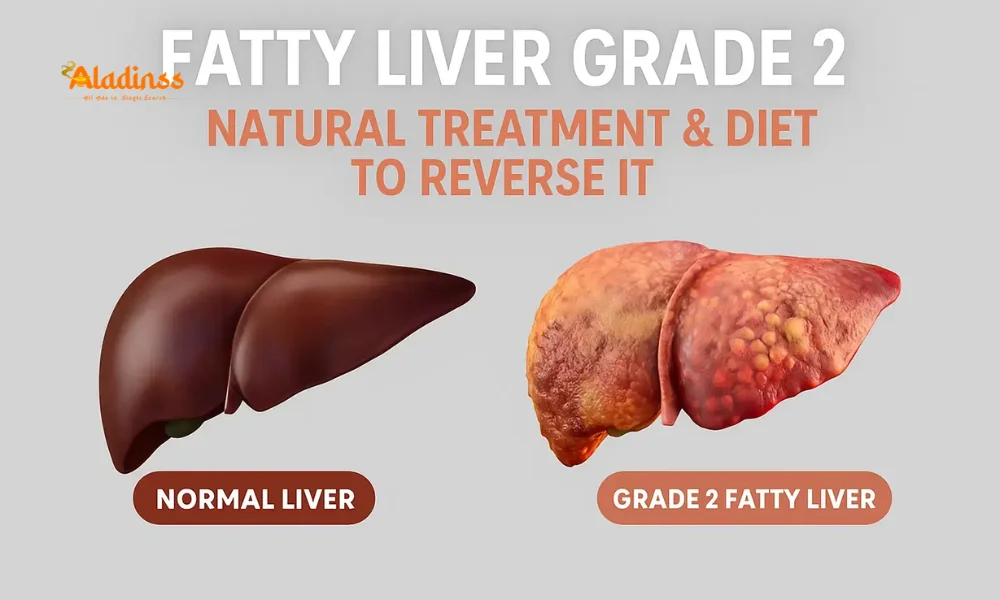Rising Fatty Liver in Children: Is Junk Food to Blame?

Fatty Liver Disease on the Rise Among Children — Is Junk Food the Cause?
 Health experts are raising the alarm about a growing, silent epidemic: fatty liver disease in children. Once considered an adult problem, Non-Alcoholic Fatty Liver Disease (NAFLD) is increasingly diagnosed in younger age groups. Leading causes include high consumption of ultra-processed and junk foods, sugary drinks, sedentary lifestyles and rising childhood obesity and diabetes. This long-form guide explains causes, symptoms, diagnosis, treatment and prevention so parents can protect their child’s liver health.
Health experts are raising the alarm about a growing, silent epidemic: fatty liver disease in children. Once considered an adult problem, Non-Alcoholic Fatty Liver Disease (NAFLD) is increasingly diagnosed in younger age groups. Leading causes include high consumption of ultra-processed and junk foods, sugary drinks, sedentary lifestyles and rising childhood obesity and diabetes. This long-form guide explains causes, symptoms, diagnosis, treatment and prevention so parents can protect their child’s liver health.
What is fatty liver (NAFLD) in children?
NAFLD (Non-Alcoholic Fatty Liver Disease) occurs when excess fat accumulates in liver cells in children who do not consume alcohol. Early-stage NAFLD may be simple fat buildup, but without intervention it can progress to liver inflammation (non-alcoholic steatohepatitis or NASH), fibrosis (scarring), and long-term liver damage. Childhood NAFLD is concerning because a developing liver is more vulnerable to damage and metabolic consequences.
Why is NAFLD increasing among children?
Several lifestyle and environmental changes over the last decades explain the surge:
- High intake of ultra-processed junk foods — chips, instant noodles, packaged snacks, sugary cereals and fast food.
- Sugary drinks and beverages that spike insulin and promote fat storage in the liver.
- Sedentary behavior — reduced physical activity and more screen time.
- Rising childhood obesity, insulin resistance and early-onset type 2 diabetes.
- Poor nutritional quality — diets low in fiber, whole grains, and healthy fats but high in refined carbs and seed oils.
How junk food and sugary drinks damage a child’s liver
Processed foods are energy-dense and nutrient-poor. Excess calories and high added sugars overwhelm metabolic pathways, increase insulin levels and promote hepatic fat accumulation. Seed oils and trans-fat contaminants cause inflammation and oxidative stress in liver tissue. Over time, repeated exposure to such diets causes fat to build inside liver cells, impairing liver function and raising the risk of NAFLD.
Common signs and symptoms to watch for
Early fatty liver is often silent — many children have no obvious symptoms. However parents and pediatricians should be alert to:
- Unexplained fatigue or low energy
- Abdominal discomfort or fullness in the right upper belly
- Elevated body weight or rapid weight gain
- Abnormal blood tests (elevated ALT/AST liver enzymes) found on routine screening
- Signs of metabolic syndrome — high blood sugar, high triglycerides, low HDL cholesterol
Diagnosis: how doctors detect fatty liver in kids
Diagnosis typically begins with clinical evaluation and blood tests. Common steps include:
- Liver enzyme tests (ALT, AST) — elevated levels raise suspicion.
- Lipid profile and fasting blood glucose/insulin to assess metabolic health.
- Ultrasound imaging of the liver to detect fatty infiltration.
- Elastography or MRI in specialized centers to evaluate fibrosis if needed.
Treatment and reversal: the good news
The encouraging fact about childhood NAFLD is that early-stage fatty liver is often reversible with lifestyle changes. Key management strategies include:
- Improve diet: replace processed snacks and sugary drinks with whole foods — vegetables, fruits, whole grains, lean proteins and healthy fats.
- Increase physical activity: daily exercise and reduced screen time help improve insulin sensitivity and reduce liver fat.
- Weight management: gradual, sustainable weight loss for overweight children reduces liver fat and inflammation.
- Medical follow-up: regular monitoring by a pediatrician or pediatric hepatologist; treat comorbid conditions like diabetes or dyslipidemia.
Practical tips for parents to protect a child’s liver
Small changes at home can have a big impact. Consider these actionable steps:
- Limit sugary drinks and replace with water or unsweetened beverages.
- Reduce frequency of fast food, packaged snacks, instant noodles and chips.
- Offer whole-grain alternatives and fiber-rich foods to support metabolic health.
- Encourage at least 60 minutes of moderate-to-vigorous activity daily for school-age children.
- Model healthy eating — children copy parental habits.
- Schedule regular pediatric checkups that include growth and metabolic screening when risk factors are present.
When to see a specialist
If routine blood tests show elevated liver enzymes, or if a child is overweight with metabolic risk factors, consult a pediatrician who may refer to a pediatric gastroenterologist or hepatologist. Early specialist input can guide testing, rule out other liver diseases and start early interventions to prevent progression.
Long-term outlook and why early action matters
Left unchecked, childhood NAFLD can progress to chronic liver disease in adulthood. But timely lifestyle changes and medical care dramatically improve outcomes. Reversing fatty liver in childhood not only protects the liver but also reduces lifelong risks of diabetes, cardiovascular disease and metabolic syndrome.
Conclusion: awareness, prevention and healthy habits
Fatty liver disease in children is a preventable condition that reflects modern dietary and lifestyle shifts. While junk food and sugary drinks are major contributors, the solution is practical: prioritize whole, nutrient-dense foods, limit processed snacks, keep kids active and get routine health screenings when risk factors exist. With awareness and early action, parents and caregivers can reverse fatty liver and secure healthier futures for their children.
Comment / Reply From
No comments yet. Be the first to comment!






